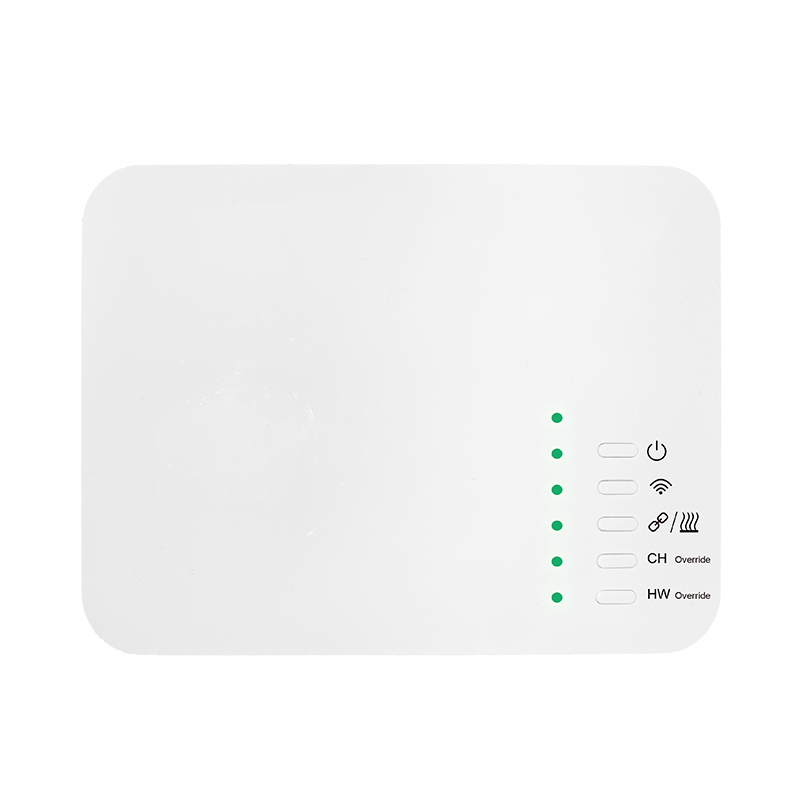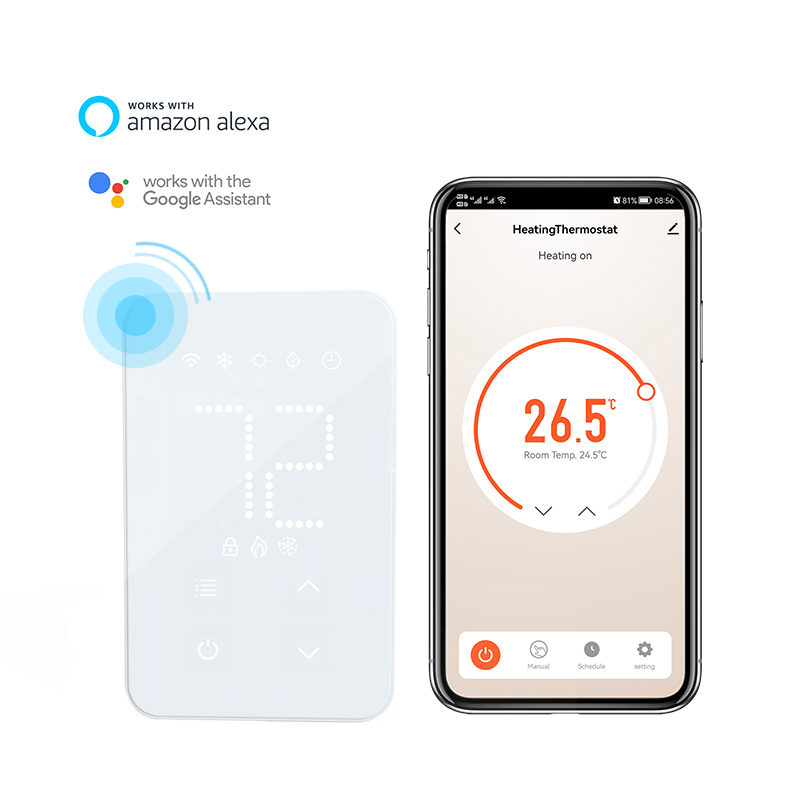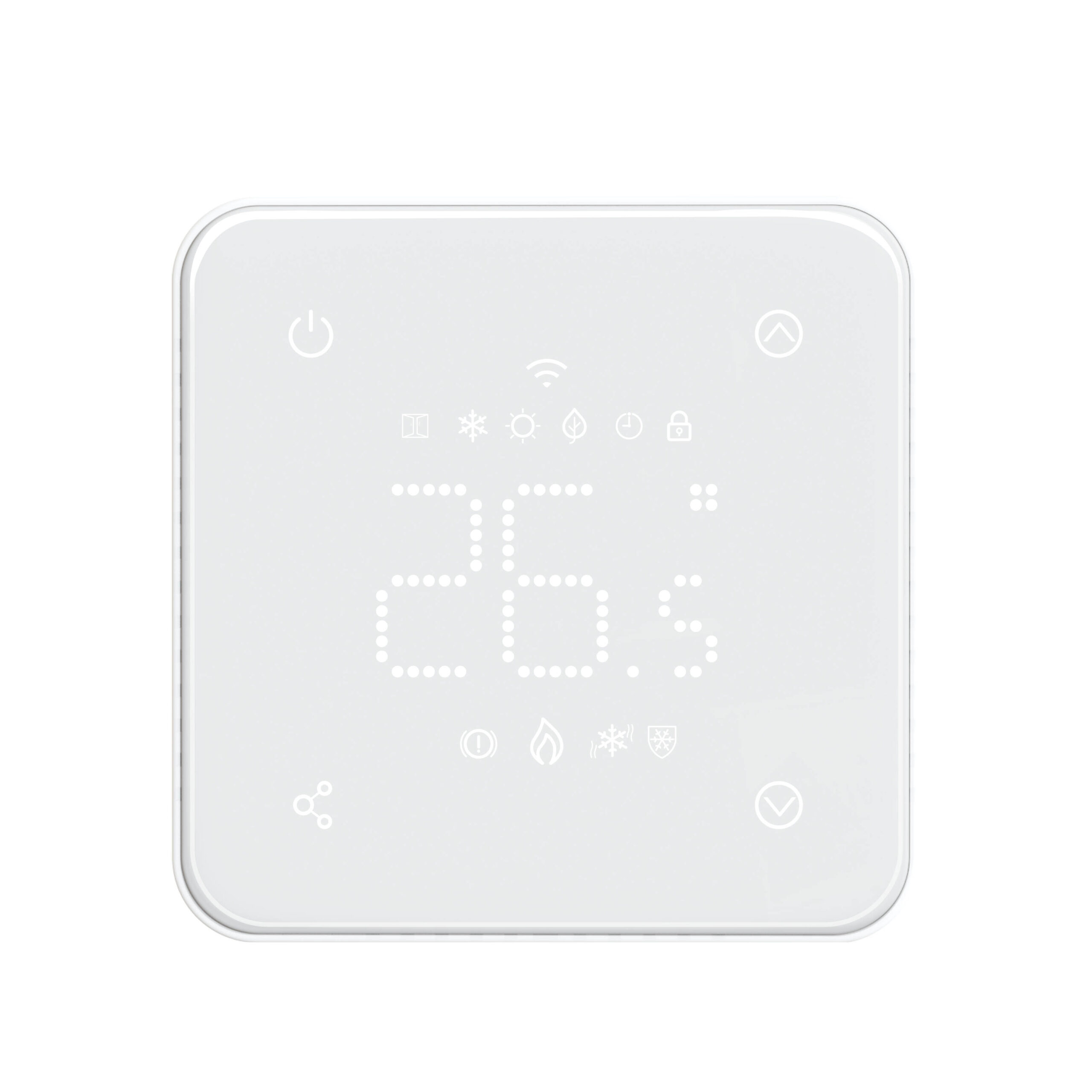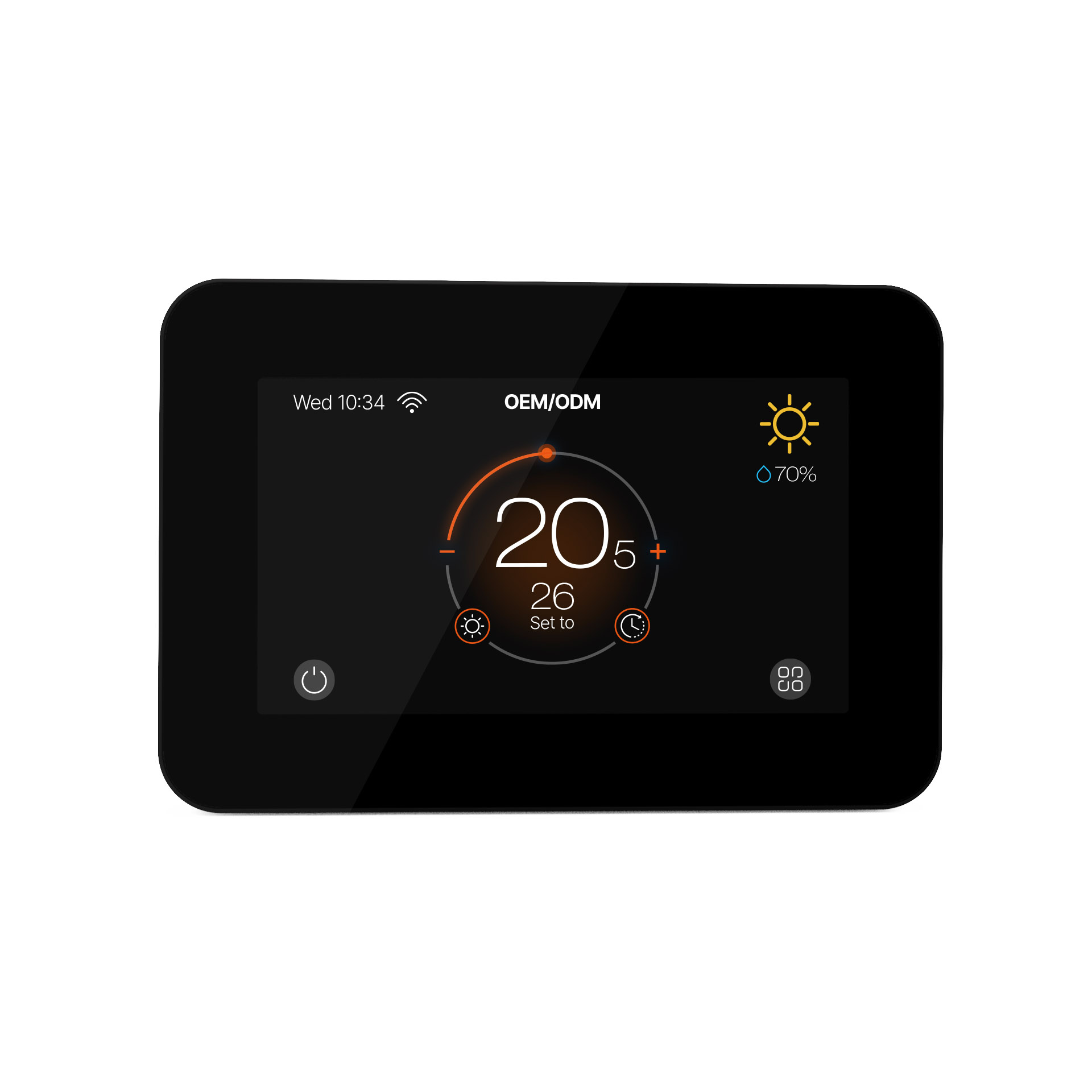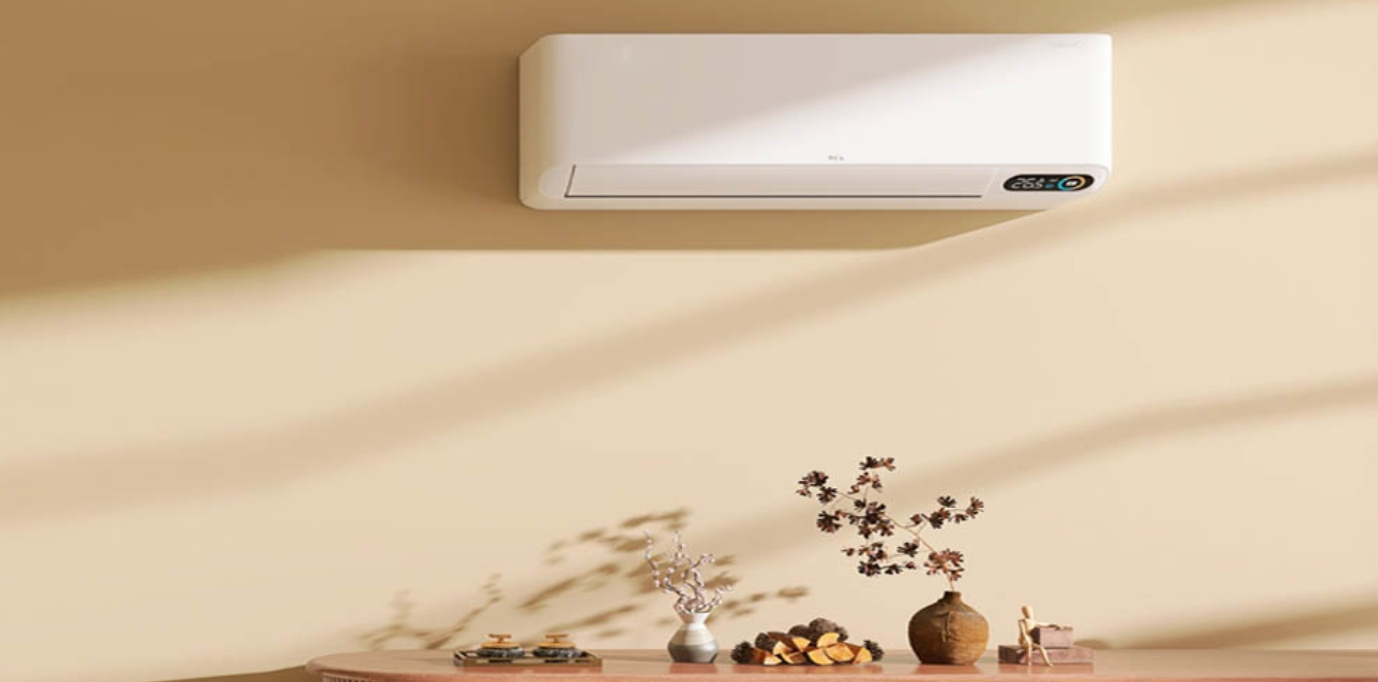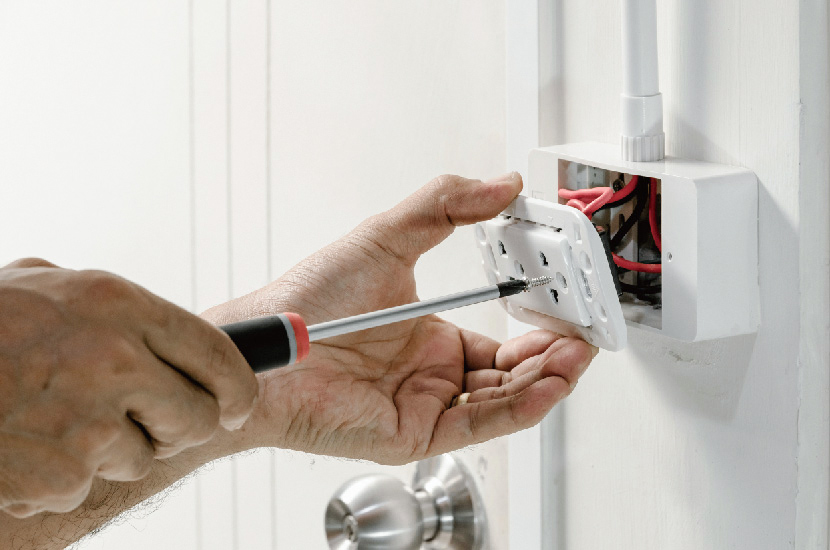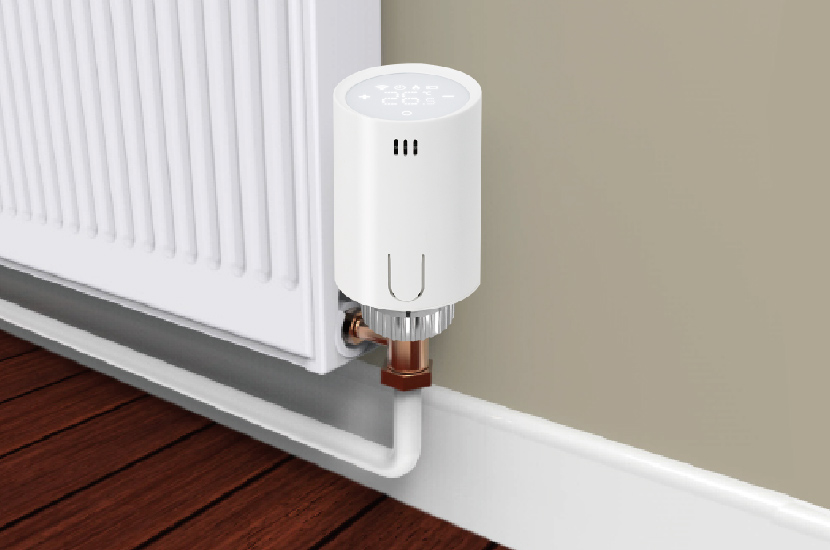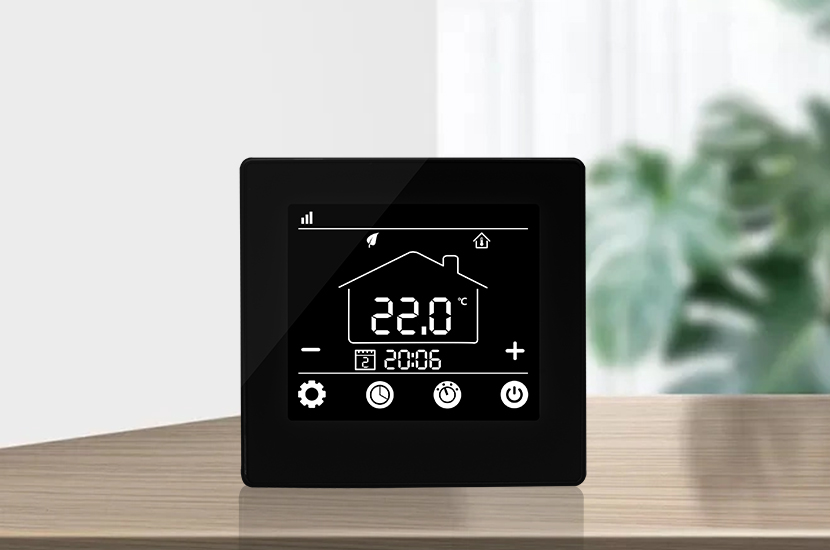Does the thermostat need to be powered off when it is not used for a long time?
Featured articles
More from the category
In daily life, when we are away from home for a long time, or when the thermostat is not in use, a question often bothers everyone: Does the thermostat need to be powered off when it is not used for a long time? This seemingly simple question is related to many considerations such as power safety, energy consumption and equipment life. Next, we will explore this issue in depth from multiple dimensions.
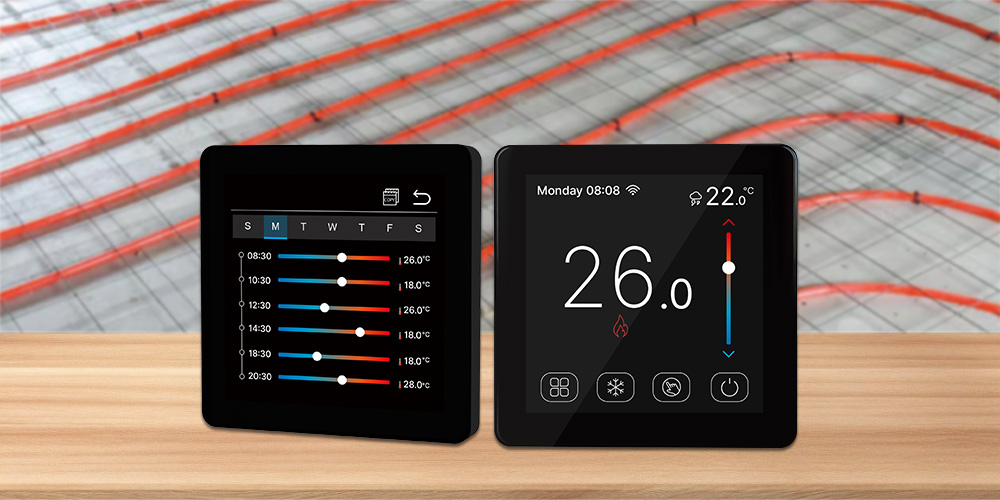
Safety hazards
From the perspective of power safety, power off is a safer choice. There are electronic components and circuits inside the thermostat. Long-term power supply may cause failures due to problems such as component aging and circuit short circuit, and may even cause fire in severe cases. Especially in seasons with frequent thunderstorms, if the thermostat is not powered off, the instantaneous high voltage caused by lightning may break through the internal circuit of the thermostat, causing equipment damage or even safety accidents. For example, in a certain place, because the residents did not power off the thermostat that had been idle for a long time, the thermostat was struck by lightning in thunderstorm weather, causing a fire in the local circuit of the home, causing considerable property losses. Therefore, in order to eliminate potential safety hazards, disconnecting the power supply when the thermostat is not used for a long time is an effective measure to ensure family safety.
Energy consumption analysis
If the power supply is turned on, it will consume a certain amount of electricity, that is, “standby energy consumption”. Although the standby power of a single thermostat is generally around 1-5 watts, which seems small, it will also generate a considerable amount of electricity bills when accumulated over a long period of time. From the perspective of energy saving and saving electricity bills, power outages can effectively reduce unnecessary energy waste.
Equipment maintenance
Power outages also have a positive impact on the service life of the thermostat itself. Electronic components will continue to heat up when powered on, and long-term heat accumulation will accelerate the aging of components. When the thermostat is not used for a long time, powering off can allow the internal components to “rest”, reduce the risk of component aging, and thus extend the service life of the equipment. However, some thermostat manufacturers have adopted special designs, and their internal circuits have certain self-protection functions, which can control component losses at a low level even if powered on for a long time. But overall, power outages are still beneficial for protecting thermostat components.
In summary, when the thermostat is not used for a long time, powering off has obvious advantages in terms of ensuring safety, saving energy and protecting equipment. Although electronic and smart thermostats may cause inconvenience in setting up after powering off, this operation is still recommended compared with the potential risks and consumption. Next time when you are about to leave home for a long time or stop using the thermostat, you might as well take a few seconds to disconnect the power supply to ensure safety, energy saving and long-term use of the equipment.
